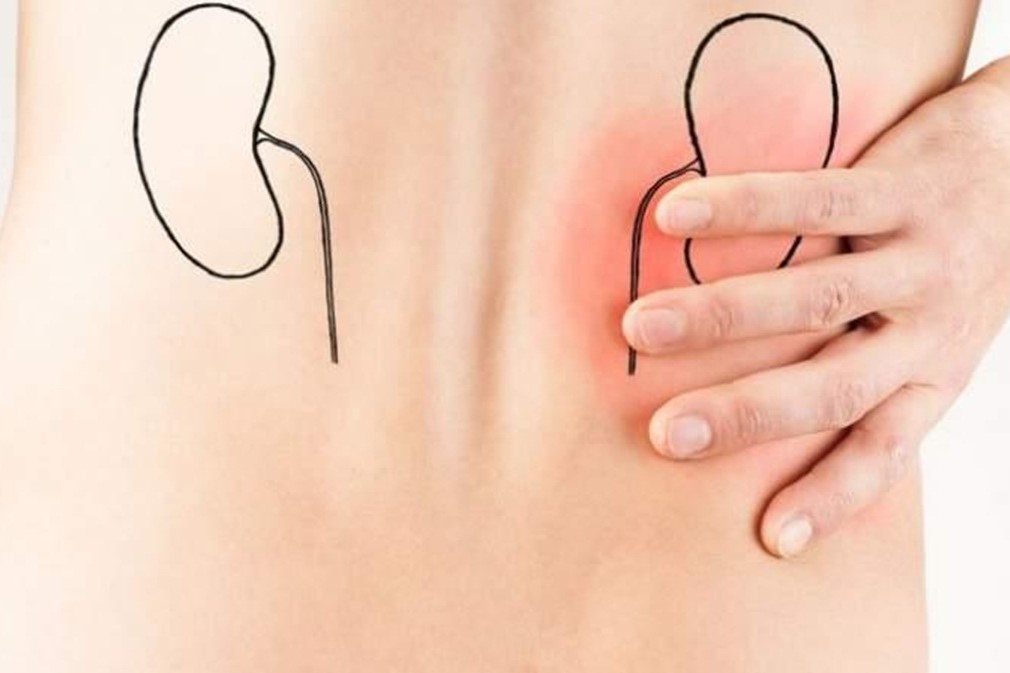
Kidney stones: what they are, how to treat them
Kidney stone formation: kidney stones, also known as lithiasis, is one of the most common and oldest diseases of the urinary tract
This disease is characterised by the presence of small stones along the course of the urinary tract
The formation of stones is a consequence of the same chemical process as the precipitation of sugar in a cup of coffee: if a substance contained in the urine is more concentrated than normal, giving rise to so-called over-saturation, it is liable to precipitate and form crystals that fuse together at the bottom of the renal calyces to form calculi, from the Latin calculus (pebble).
This does not occur in healthy individuals because there are substances in the urine that effectively counteract crystallisation, basically citrates.
What are kidney stones?
Kidney stones can consist of various chemical components, either singly or in combination:
- In the Western world, most stones are calcium oxalate, account for 90% of cases and are radiopaque;
- Less frequent but still radio-opaque are those of calcium phosphate;
- Those of uric acid, which are increasingly frequent, are radiotransparent, i.e. invisible on standard X-rays but not on ultrasound; they have the favourable characteristic of dissolving completely only by alkalinising the urine with medical therapy without having to resort to surgery;
- Cystine stones, which are very rare, often occur from childhood in patients with a hereditary pathological condition called cystinuria; they often cause complex, voluminous, very hard and difficult-to-treat calcinosis;
- Calculi generated by urinary tract infections (triple phosphates) deserve a separate chapter. They are caused by bacteria that produce a protein matrix that facilitates the precipitation of dissolved salts in the urine.
Urinary calculosis is a widespread disease in the western world
It is estimated to affect about 10% of the male population and 5% of the female population.
The age with the highest incidence is between 30 and 50 years.
Relapses are very frequent, occurring in a percentage that varies, depending on the studies, from 25 to 50% of cases after 5 years.
The estimated incidence in Italy is around 100,000 new cases per year.
Among the causes, much importance is given to familiarity, an unbalanced diet and low fluid intake.
Diagnosis of kidney stones
The methods for diagnosing kidney stones are:
- the first choice is ultrasound, which provides sufficiently detailed information without exposing the patient to radiation.
- the CT scan, generally without contrast medium, only in doubtful cases or when the most suitable surgical strategy needs to be decided.
Treatments to cure kidney stones
Some types of treatment currently possible
- Extracorporeal shock wave lithotripsy (ESWL)
- Percutaneous lithotripsy (PCNL)
- Endoscopic ureteroscopic lithotripsy (URS)
- Endoscopic endorenal retrograde lithotripsy with flexible ureteroscope (RIRS)
- Open surgery (to be reserved only for rare cases of calculosis so complex that an endoscopic approach is not recommended).
Read Also:
Emergency Live Even More…Live: Download The New Free App Of Your Newspaper For IOS And Android
O.Therapy: What It Is, How It Works And For Which Diseases It Is Indicated
Oxygen-Ozone Therapy In The Treatment Of Fibromyalgia
Pain Assessment: Which Parameters And Scales To Use When Rescuing And Treating A Patient
Kidney Stones: How They Form And How To Avoid Them
Renal Colic, How Does It Manifest Itself?
Biliary Colic: How To Recognise And Treat It
When The Patient Complains Of Pain In The Right Or Left Hip: Here Are The Related Pathologies
Organ Transport, The First European “Drone Ambulance” Debuts In Turin: It Will Transport Kidneys
What Is Pancreatitis And What Are The Symptoms?


